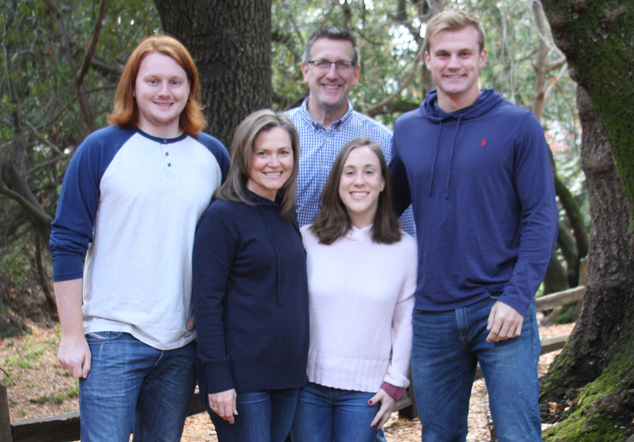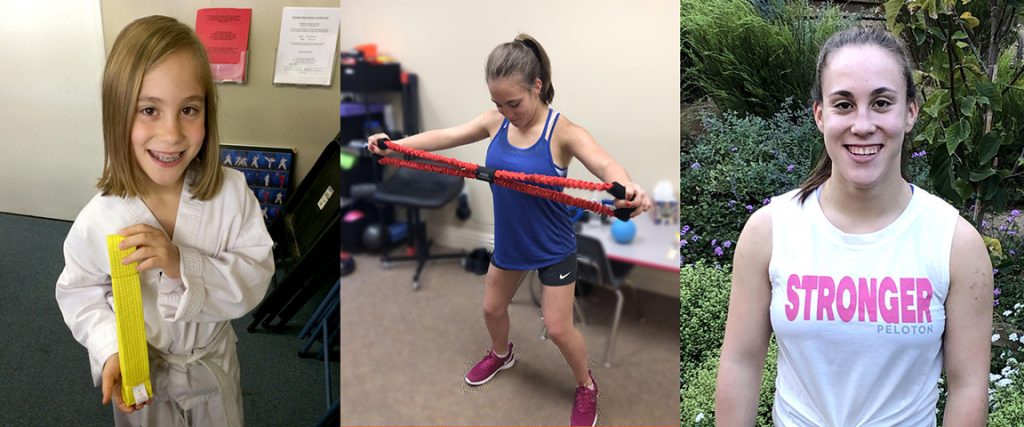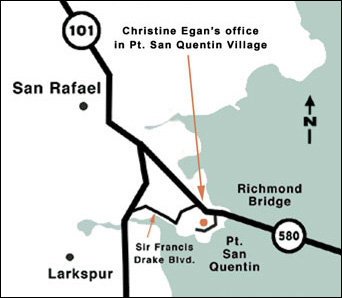Christine Egan Physical Therapy
Christine’s Pediatric Physical Therapy Blog
Caroline Schmidt: True Grit
Caroline Schmidt was just two months removed from surgery, and her big community theatre performance was looming. She was sharing the role of LeFou in Beauty and the Beast with a friend. The director had altered Caroline’s choreography to accommodate her post-surgical physical limitations, but Caroline felt strong enough to try the original, more challenging version. On the night of the performance, her dancing wowed the audience. Caroline played the role exceptionally, matching her friend step for step in the choreography.
“In the beginning I thought this is never going to change, you’re going to be stuck with this forever,” Caroline said of her Cerebral Palsy. But after seeing how well she could move during the show, Caroline knew she could physically thrive if she put in the time and effort.
Caroline, now 15 years old, was 10 when she underwent a Selective Dorsal Rhizotomy (SDR) procedure at Lucile Packard Children’s Hospital Stanford in Palo Alto, California. Her family hoped the procedure would relieve the muscle spasticity in her legs inhibiting her movement. During an SDR, surgeons cut into the patient’s spinal column and sever individual nerves that provide sensory input to muscles in the lower body. This decrease in sensory input interrupts the problematic neural feedback loop causing the stiffness or spasticity in the legs.
However, decreasing the stiffness often reveals underlying muscle weakness. Post-surgical strengthening and lengthening of the muscles and connective tissue is just as important as the surgery itself. Most adults — let alone a child — would feel anxious prior to such a major surgery, with such a strenuous recovery process right around the corner.
But Caroline was far from anxious. “She literally danced her way into the operating room,” her mother Susan Schmidt said. “The doctors — they were laughing because everyone expected her to be nervous, but she was like, ‘Let’s go, I’m ready.’”
Gerald Grant, MD, FACS Pediatric Neurosurgeon at Stanford Children’s Health performed Caroline’s surgery. He explained that if a child has not developed enough underlying muscle tone before an SDR, the procedure might leave the child too weak to ever fully recover. Even for a child who doctors deem strong enough for an SDR, the success of the surgery depends on the child’s commitment to his or her recovery. By no means is SDR a “silver bullet” treatment for all people with Cerebral Palsy.
“Caroline is a model patient,” Dr. Grant said. “She is a champion. She is so motivated to get better and to work super hard.”
The SDR procedure has become safer and less invasive since its inception. Unlike SDR surgeons of the past who made multiple incisions and removed multiple pieces of bone, SDR surgeons today make a small incision at the base of the spine and access the spinal cord by removing one small piece of bone. Also, current SDR surgeons more accurately isolate and test individual nerves with increasingly sensitive instruments.
Dr. Grant said an SDR is most effective if done between the ages of 8 and 12. If Caroline underwent the surgery a few years younger, she may not have felt such a strong urge to recover. If she had waited too long, her muscle spasticity might have passed the point of salvaging.
During the critical first six months after the surgery, Caroline had to relearn basic motor skills like balancing, walking and kneeling — a challenge to many but not to Caroline. She became — and still is — a “workout warrior” post-surgery, practicing her skills nonstop with unrelenting determination.
“She kept saying how much she wasn’t in pain anymore, it didn’t hurt anymore,” Susan said. “We didn’t realize she had been in pain before. Caroline hadn’t complained before because pain was just her normal.” Caroline’s sentiments quelled any trepidations Susan had about the surgery: the Schmidts had done the right thing.
Prior to surgery, Caroline had already been on a weekly physical and occupational training regime between California Children’s Services in Marin and Christine Egan. Caroline was now seeing her therapists twice a day, and rehabbing with her parents at home. In addition, Caroline attended week-long strengthening intensives designed specifically for post-SDR children.
“Watching her gain the skills back was honestly mind-blowing,” Susan said. “She was really committed and I think it helped because she could see progress every day.”
Christine saw Caroline for physical therapy beginning at age two — helping her to stand and walk. Susan said Caroline loved Christine the moment she met her and that Christine is still a very significant person in her daughter’s life. Caroline added that Christine notices if she has relaxed on her therapy work for the week versus if she has stayed committed. The care and respect Christine has for her is yet another motivator for Caroline.
“Caroline’s drive and ability to stay on task is commendable,” said Christine. “I admire her passion and her determination. She has taken responsibility for her physical development and that is not common in kids. Luckily, Caroline comes from a physcially active family. Her parents and siblings have been instrumental in supporting her ability to be active and fully engaged in whatever she takes on.”
Susan and Mark committed their entire summer to Caroline’s therapy: they both shifted to part time work, recruited Susan’s parents to drive their other sons to sporting events, and cancelled most of their social engagements. They also took Caroline across the country for an additional tendon lengthening procedure at St. Louis Children’s Hospital.
Now a freshman in the STEM program of San Marin High School, Caroline said she still feels like she must work to stay ahead of her condition. She no longer wears leg braces, just a small insert to maintain her alignment. She practices yoga, shreds Peloton routines 3 times a week, walks on a treadmill, and stretches daily. Caroline has a fully-equipped gym set up in her garage with everything from a Pilates reformer to Kettlebells.
 “My doctor told me after the big SDR that it should be a year of recovery,” Caroline said. “But after a year I said, ‘I’m not done, I still have a ways to go.’ I feel like it’s going to be a lifelong recovery and I know if I don’t stay in shape and I don’t stretch, I’m going to fall backwards into old habits.”
“My doctor told me after the big SDR that it should be a year of recovery,” Caroline said. “But after a year I said, ‘I’m not done, I still have a ways to go.’ I feel like it’s going to be a lifelong recovery and I know if I don’t stay in shape and I don’t stretch, I’m going to fall backwards into old habits.”
Caroline’s support team was vital, but her parents and all of the medical professionals she encountered will tell you in an awestruck tone: Caroline’s success is thanks to Caroline.




